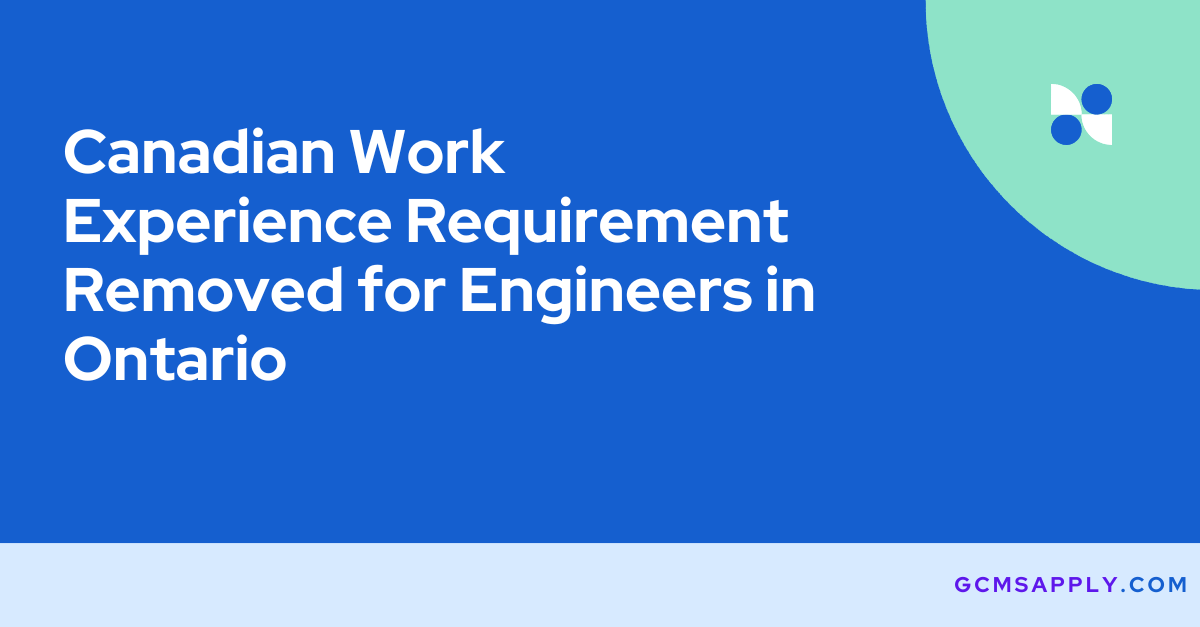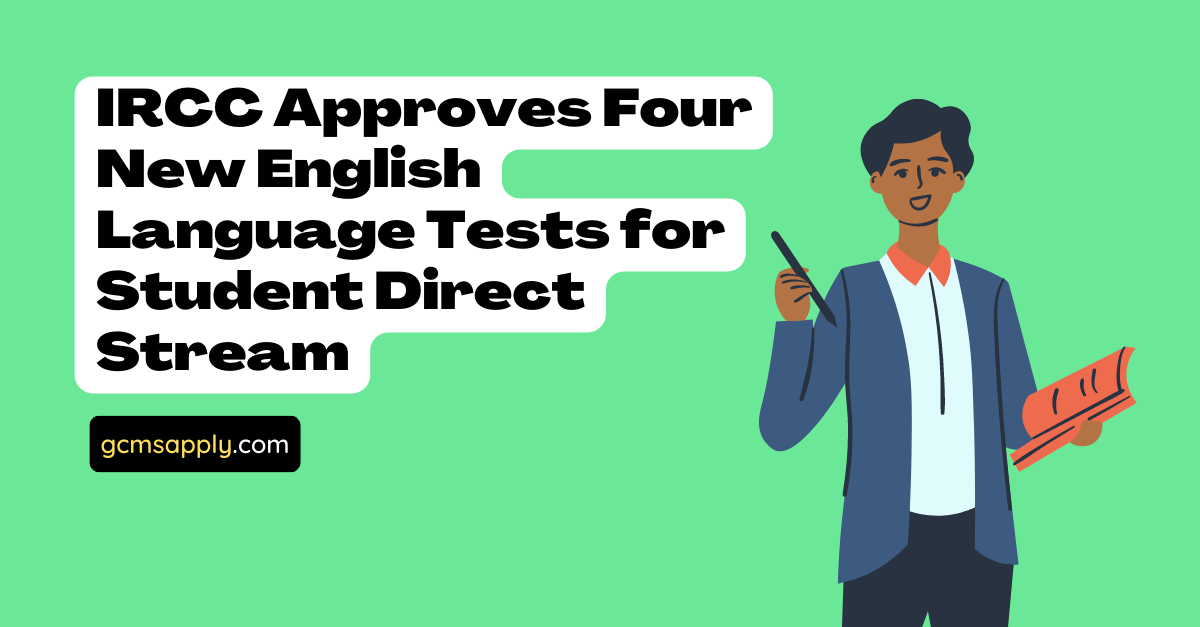
In a significant development for engineers in Ontario, the provincial government has made a crucial policy change by eliminating the Canadian work experience requirement. This landmark decision is expected to create new opportunities for foreign-trained engineers seeking employment in the province. In this post, we’ll delve into the details of this news and discuss the implications for engineers aspiring to work in Ontario.
The Ontario provincial government recently announced a major policy change that is set to benefit foreign-trained engineers. As per the new regulations, the requirement for Canadian work experience has been removed, opening up opportunities for engineers from around the world to secure employment in the province.
Previously, foreign-trained engineers faced significant barriers when attempting to work in Ontario. The requirement of Canadian work experience often made it challenging for these highly skilled professionals to find suitable employment. This policy change aims to address this issue and make the province more accessible for internationally educated engineers.
The elimination of the Canadian work experience requirement is expected to have several positive implications. Firstly, it will attract a larger pool of skilled engineering professionals to Ontario, enhancing the diversity and talent within the province’s engineering sector. This influx of international expertise can lead to innovative solutions and advancements in various industries.
Moreover, this change will not only benefit the engineers themselves but also the province’s economy as a whole. Ontario relies heavily on engineering expertise across sectors such as manufacturing, construction, and technology. By removing the work experience barrier, the government is fostering a more competitive and inclusive job market, ultimately contributing to economic growth.
It’s worth noting that while the Canadian work experience requirement has been eliminated, other criteria, such as education and language proficiency, still apply. Foreign-trained engineers will still need to meet the standards set by the province’s engineering regulatory body, which evaluates qualifications and grants licenses to practice engineering in Ontario.
Foreign engineers interested in working in Ontario should ensure they fulfill the necessary educational requirements and possess the required language proficiency. They can then proceed with the licensing process, which involves submitting the appropriate documentation and passing the examinations conducted by the regulatory body, Professional Engineers Ontario (PEO).
In conclusion, the removal of the Canadian work experience requirement for engineers in Ontario marks a positive step towards attracting international talent and promoting a more inclusive job market. This change provides foreign-trained engineers with an equal opportunity to contribute their skills and expertise to the province’s flourishing engineering sector. By embracing diversity and talent from around the world, Ontario is poised to benefit from innovative solutions and further economic growth in the years to come.









